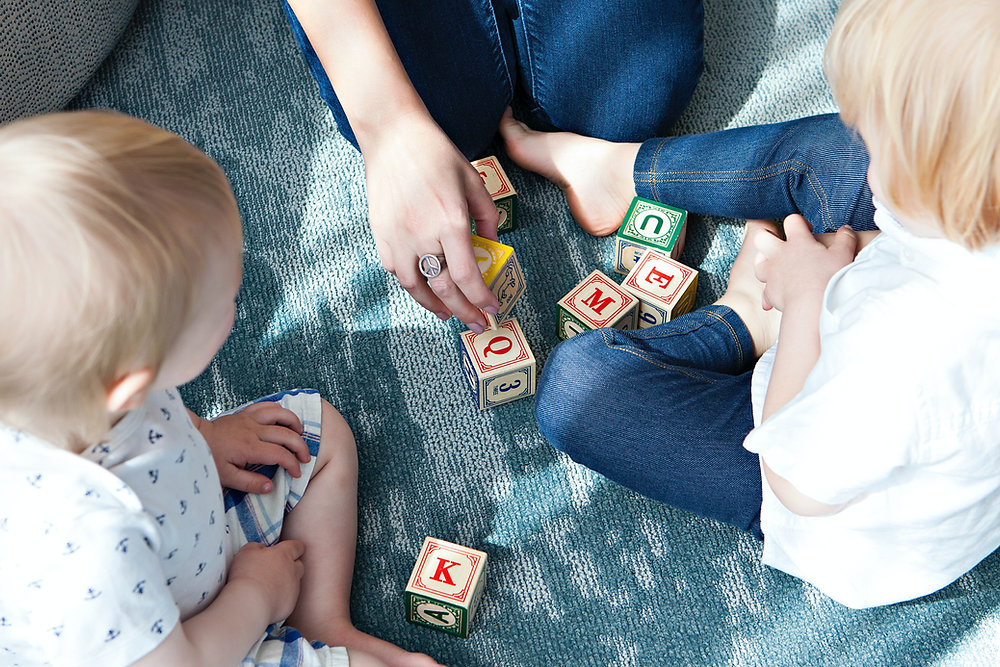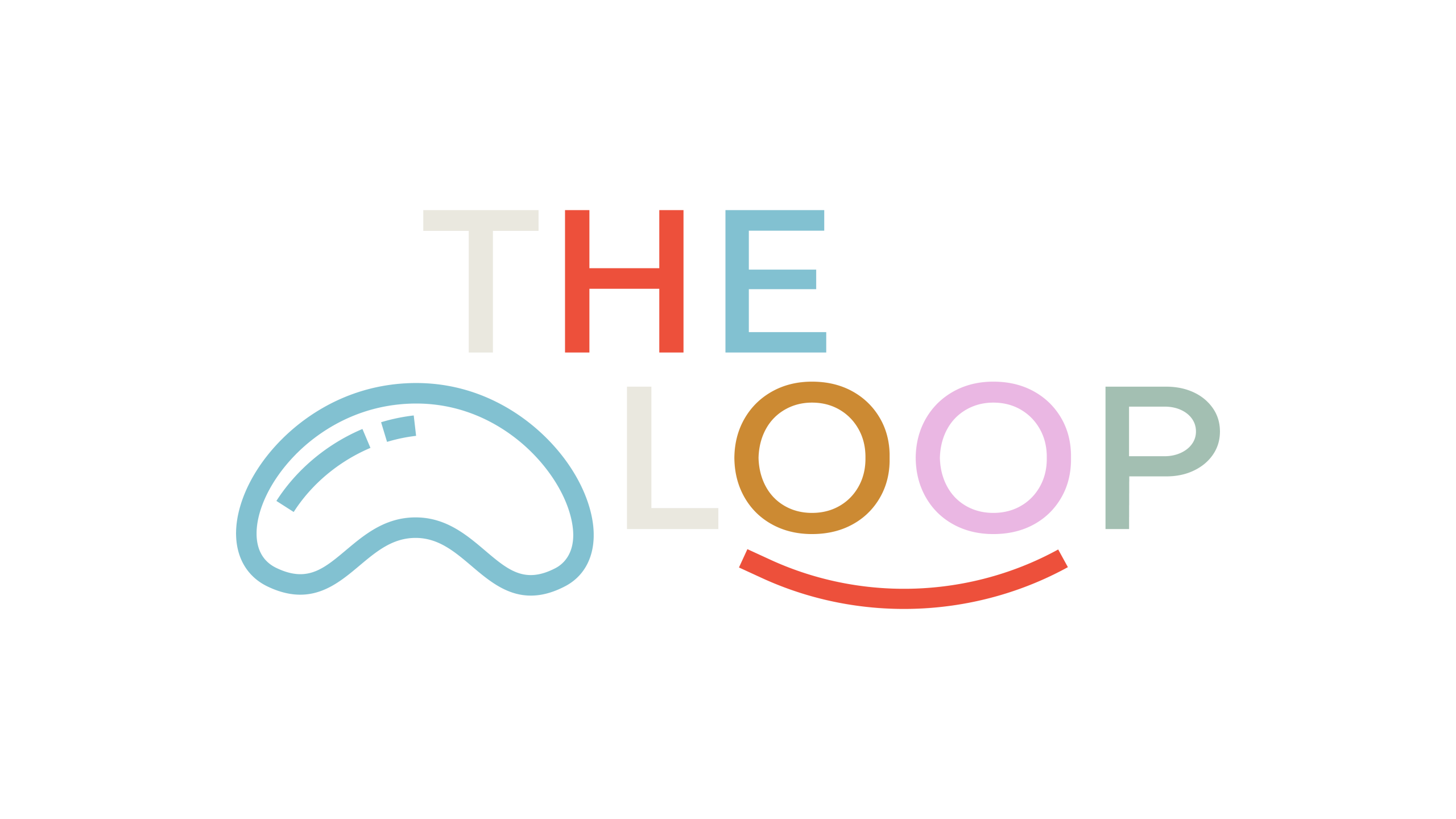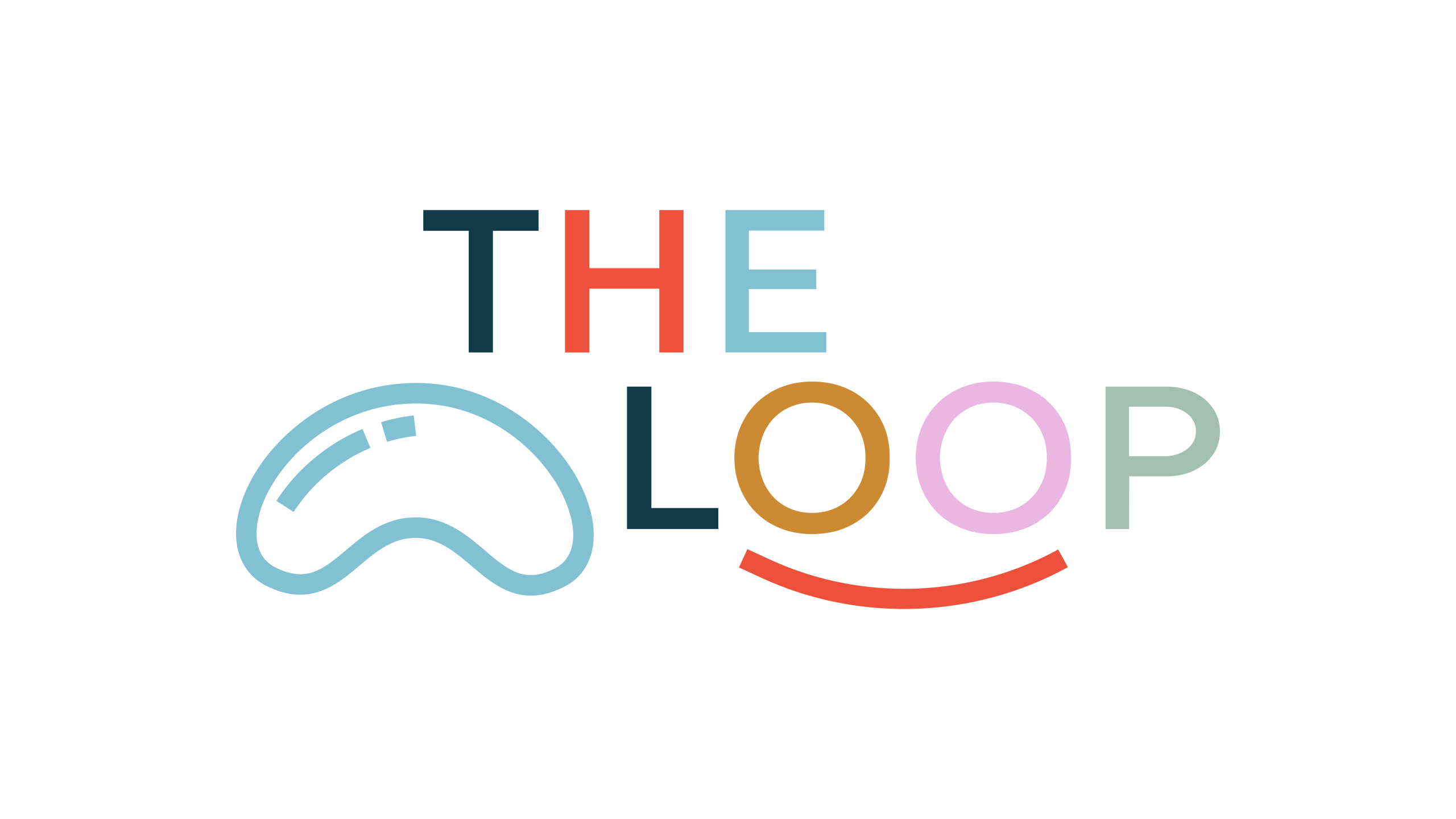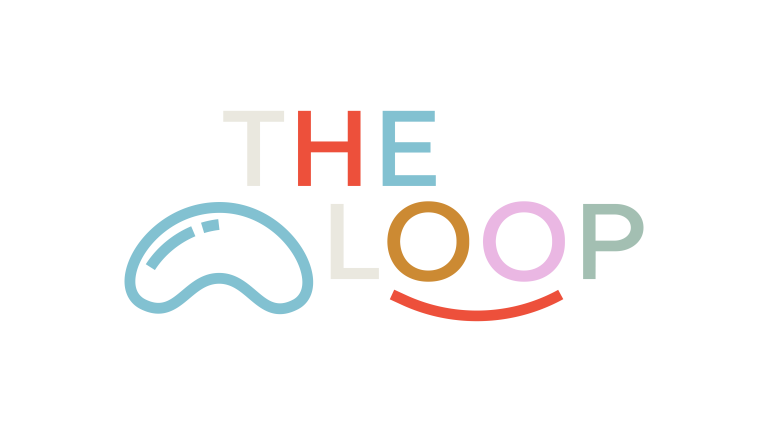
In last week’s blog, we tackled articulation disorders (you can check out the full post here). This week—we’re turning our focus toward phonological disorders.
Articulation and phonological disorders are similar but distinct in important ways. This article will help you distinguish between them, and to better understand how phonological disorders show up in the kids that have them. It will also shed light on how phonological disorders are typically diagnosed and treated.
Learning a language is a long, complex process. So it’s no wonder young children often make things easier on themselves by simplifying some parts of their speech. For example, a child may say “pay” instead of “play”, or “nana” instead of “banana”.
For a child’s parents and loved ones, these simplifications are often suuuper cute. My daughter used to say “Bagoo!” instead of “peek-a-boo” and called herself a “teeny-reena” when she was pretending to be a ballerina.
If I’m honest, part of me did feel a twinge of sadness when she learned to say these words correctly. But, I also take great joy in her language mastery. Being a parent often involves feeling conflicting emotions at the same time, amirite?
If you’ve got concerns that your child may be having difficulty with their speech sound acquisition, your child has been diagnosed with a phonological disorder, or you’re just interested in learning more about this issue (we get it—lifelong learning is awesome!)—this article is for you! Let’s kick things off by looking at phonology, in general.
What is a phonological disorder?
Before we dive into what disordered phonology looks like, let’s first get clear on what phonology is, and explore some key concepts around this term.
Some important phonological definitions—
Phonology refers to the inventory of speech sounds in a given language, as well as the patterns and rules that decide how we put them together. As a concept, it encompassess how we combine sounds (also known as phonemes) to create meaning and to communicate with others.
Phonological awareness is our recognition that words are made up of individual sounds and sound combinations. It also involves our ability to work with and manipulate the sounds in our spoken language. For example, a phonological awareness task might involve removing the first or last sound from a word. Remember the song, Apples and Bananas? The one where you change the vowel sounds in the words each time? This involves phonological awareness skills.
Phonological processes are the patterns used by young children who are learning spoken language to simplify the sounds of speech, making certain sounds and words easier for them to pronounce. These patterns are totally normal, and to be expected in a young child’s speech. As they mature, these patterns will naturally disappear.
But what if they don’t? That brings us to our central concept—
In typically developing children, their use of phonological processes will be significantly reduced by age three, and by age five, should be nearly nonexistent in their speech.
For many kids, however, this isn’t the case. They continue to use phonological processes well past the age when we would expect to hear them. This issue can negatively impact their ability to be understood, as well as hinder their emergent literacy skills development. At this point, the issue is referred to as a phonological disorder.
A phonological disorder is a type of speech sound disorder (as are the articulation disorders we looked at last week). They typically involve predictable speech sound errors, impacting more than one sound. Phonological disorders contain rule-based errors, meaning they’re made consistently and the speaker is unable to correct them on their own.
Let’s take a closer look at some of these rule-based errors, so you can understand if and when you hear them in your child’s speech—
Fronting—when a child substitutes a sound in a word with more forward placed articulation than the correct sound. For example—”tat” for “cat”
Backing—the reverse of fronting—when a front sound gets replaced for a back sound. For example—”gog” instead of “dog”
Cluster Reduction—when two consonants are next to one another in a word, we call it a consonant cluster. Kids often simplify difficult to pronounce consonant clusters, by omitting one of the sounds. For example—”pay” for “play”
Gliding—As you may already know, /r/ is a tough sound to learn. Many kids struggle with mastering it. Gliding occurs when a child changes an /r/ into an easier sound, typically a /w/ or /y/ sound. Saying “wat” for “rat” is an example of a glide.
Other common phonological processes include: stopping, initial and final consonant deletion, vowelization, deaffrication, pre and post vocalic voicing, and stridency deletion. Your Loop SLP will be able to show you examples of any of these, if they’re impacting your child’s speech.
The rule-based errors in phonological disorders are also sorted into three larger categories, depending on which aspect of speech they impact. These categories are—
Substitution Processes—where one type of sound replaces another type of sound. This includes: gliding, fronting, stopping, deaffrication, and vowelization.
Syllable Structure Processes—sound changes that involve modifications in syllables, or word parts. These include: syllable deletions, cluster reductions, and initial and final consonant deletions.
Assimilation Processes—some sounds in words become tricky, based on the sounds around them. This process occurs when a child replaces one sound in a word with a similar sound that’s easier for them to make. These include pre and postvocalic voicing.
It’s kind of amazing just how many common phonological processes there are! Let’s learn more about how children are diagnosed with a phonological disorder.
How do I know if my child has a phonological disorder?
You may have noticed your child having some of the issues mentioned above. Or maybe you’ve been contacted by your child’s teacher, who is concerned about their speech sound development. In any case—don’t panic!
Here at The Loop, we’re here to help kids just like yours, who are struggling with their phonological skills. We have a team of experienced, highly qualified Speech and Language Pathologists, who are ready to assess and treat your child for any speech, language, or communication issues they may be experiencing.
The first step in the process of working with your child is typically to meet with us. We can come together to listen to your concerns and discuss options for moving forward. Your child’s teacher and other educational professionals are also welcome to join us to share information and engage in team building.
If appropriate and necessary, we will move forward with a formal evaluation of your child’s phonological skills. We’ll work with your child’s teacher to schedule our assessment, and will provide this right in your child’s school to make things easy for you.
Once our assessment is complete and we’ve determined the nature and severity of your child’s phonological disorder, we will use this information to create a targeted treatment plan, uniquely suited to your child’s interests and needs.
Let’s take a deeper dive into what your child’s treatment with us might look like.
What is the treatment for a phonological disorder?
If your child has a phonological disorder, treatment with a qualified SLP is important to help them overcome issues with their speech. The Loop’s SLPs are skilled at diagnosing and treating phonological disorders in the school-aged children we serve.
When we create a treatment plan, we use information from our assessments of your child, from you, and from your child’s teacher. We synthesize all this knowledge in the development of a person-centered therapy plan, designed specifically with your child in mind.
Treatment for phonological disorders typically involves tasks meant to help your child-
Build recognition around when sounds are made correctly or incorrectly
Train, teach, and practice the correct way to make sounds
Practice making target sounds in specific words, and varying positions in words
Practice making target sounds in sentences, and in conversation
The overarching aim of therapy is to move your child through a trajectory that leads to sound mastery in all contexts. We begin with eliciting sounds, working to stabilize how your child produces them. This phase is referred to as establishment.
Once your child can demonstrate the ability to voluntarily produce their target sounds when cued, we move on to the generalization phase of treatment. In this phase, the goal is to promote carryover of the skills we’ve built in the establishment phase, by providing your child with opportunities to use their target sounds in longer and more complex levels of language.
When generalization is achieved, we transition our focus to your child’s maintenance of the skills they’ve learned during therapy. In this phase, we promote your child’s stable and natural use of target sounds, across contexts.
If describing the framework of phonological treatment goals sounds a little dry—fear not! While we always keep close track of your child’s progress, our goal is to keep them engaged and having fun throughout therapy.
Here at The Loop, we believe that having fun and benefiting from therapy aren’t mutually exclusive. If we promote your child’s enjoyment in therapy, it’s all the better for their outcomes! The last thing we want is for your child to avoid therapy or therapeutic activities. So, we make therapy a pleasure for them to participate in.
We know there are many ways to go about addressing the phonological skills we want to target in your child. So, our sessions may involve a variety of games and creative activities. Drills are an important part of treatment, but we have lots of ways to make these fun and motivating for your child, too.
If you’re interested in getting more information about what our SLP team can offer you and your child, don’t hesitate to reach out! We pride ourselves on the quality, evidence-based services we provide, and are always willing to work with you and your child’s school to help them succeed!


